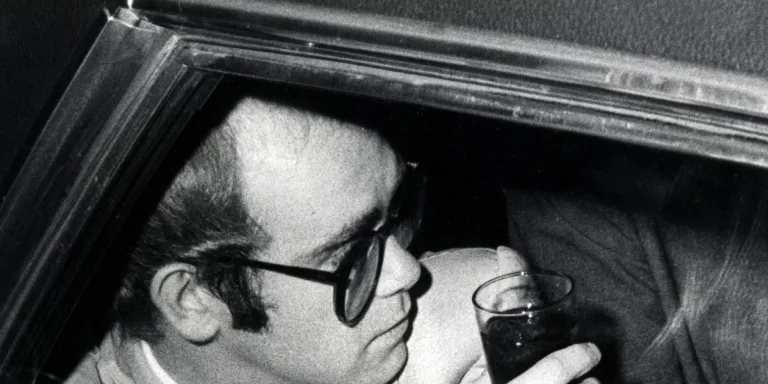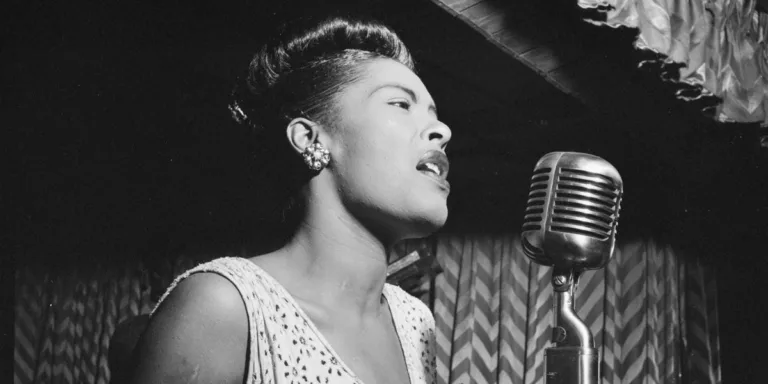The Rms Titanic, a symbol of luxury and technological advancement in the early 20th century, tragically met its demise on April 15, 1912, after striking an iceberg in The North Atlantic Ocean. This devastating event claimed over 1,500 lives and remains one of history’s Most Infamous Maritime Disasters. In the aftermath of the tragedy, numerous accounts emerged from survivors who recounted their harrowing experiences aboard the ill-Fated Ship.
One particularly intriguing aspect that has been debated for decades is whether or not the Titanic did titanic break in half Before Sinking. While some early reports suggested a single, Intact Sinking, many survivors insisted on the vessel splitting apart during its descent into the icy depths. These accounts were often met with skepticism and dismissed by officials from The White Star Line, the company that owned the Titanic.
For years, the prevailing belief was that the Ship Sank As One Piece, based primarily on the testimony of senior officers who denied any evidence of a break. However, the discovery of the Titanic’s wreckage in 1985 by Robert Ballard and Jean-louis Michel revolutionized our understanding of the tragedy.
Survivor Testimony
Despite the official stance that the Titanic sank intact, many survivors vehemently maintained that the ship split in two before disappearing beneath the waves. These firsthand accounts painted a vivid picture of the terrifying moment when the vessel fractured, sending shockwaves through the already chaotic evacuation. Some survivors described hearing a deafening crack followed by a sudden lurch, as if the ship had been cleaved in two.
Others recounted witnessing the stern section slowly sinking away from the bow, leaving behind a trail of debris and desperate passengers clinging to whatever They Could Find. These harrowing testimonies, often delivered with unshakeable conviction, challenged the official narrative and fueled ongoing debate about the true nature of the Titanic’s demise. Eva Hart, a young girl who survived the sinking, famously held onto her belief that the ship split in half throughout Her Life, even as authorities dismissed her account.
Her unwavering insistence on this detail eventually found validation with the discovery of the wreckage, proving that the survivors’ accounts were accurate and highlighting the importance of listening to firsthand experiences, even when they contradict established beliefs.
Conventional Wisdom
For many years after the Titanic sank, the prevailing belief was that the ship went down as one piece. This view was largely shaped by the accounts of White Star Line officials and Charles Lightoller, the most senior surviving officer. They insisted that there was no evidence to suggest the ship had Broken Apart.
This official narrative gained widespread acceptance and became deeply ingrained in public understanding of the tragedy. Many historians and researchers, relying on these initial reports, accepted the idea that the Titanic Sank Intact, a single, massive vessel succumbing to the icy depths. This conventional wisdom persisted for decades, overshadowing the accounts of survivors who Claimed Otherwise.
The discovery of the wreckage in 1985 dramatically changed this understanding, proving beyond a doubt that the Titanic did Titanic break in half Before Sinking.
 Iam Tongis Dad: Emotional Journey on American Idol
Iam Tongis Dad: Emotional Journey on American IdolThe Wreckage Discovery
The year 1985 marked a turning point in the history of Titanic research when Robert Ballard and Jean-louis Michel finally located the wreck on the ocean floor, nearly 73 years after the disaster. This discovery was a monumental achievement, offering unprecedented insights into the final moments of the ship and providing Physical Evidence To Settle long-Standing Debates About Its Sinking.
The wreckage lay in two distinct sections, separated by a significant distance, confirming that the Titanic had indeed did Titanic break in half before sinking. The bow section rested upright on the seabed, while the stern was found lying Upside Down. This visual confirmation of the split provided irrefutable proof for those who had long believed survivor accounts and challenged the previously accepted narrative.
The discovery of the wreckage opened up a new era of Titanic research, allowing scientists and historians to study the ship’s remains in detail and piece together a more complete picture of its Tragic Demise.
Eva Hart’s Account
Eva Hart’s story exemplifies the power of personal testimony and the importance of listening to those who experienced events firsthand. As a young girl at the time of the sinking, Eva vividly remembered the terrifying moment when the Titanic split in two. She described feeling a sudden lurch as the ship fractured, followed by screams and chaos as passengers scrambled for safety.
Despite facing skepticism and disbelief from authorities, Eva consistently maintained her belief that the Titanic did Titanic break in Half Throughout Her Life. She shared her account with anyone Who Would Listen, determined to ensure that her experience was not forgotten. Her unwavering conviction ultimately found validation when the wreckage was discovered in 1985, confirming the accuracy of her memory and providing closure to a long-Held Debate.
Eva Hart’s story serves as a poignant reminder that even seemingly insignificant voices can Hold Valuable Truths, and that personal experiences should be treated with respect and consideration.
A Legacy Confirmed
The discovery of the wreckage in 1985 served as a watershed moment for Titanic history, definitively confirming what many survivors had claimed for decades: that the ship did Titanic break in half before sinking. This revelation not only corrected historical records but also brought closure to families and individuals who had long held onto their own accounts of the tragedy.
The wreckage provided tangible evidence to Support Survivor Testimonies, validating their experiences and demonstrating the importance of listening to firsthand accounts. It also opened up new avenues for research, allowing scientists and historians to delve deeper into the ship’s construction, the impact of the iceberg collision, and the events that unfolded during the final hours of the Titanic’s voyage.
The legacy of the Titanic continues To Resonate Today, serving as a reminder of the fragility of human life and the enduring power of memory.
More for curious minds
Unlock extra content and exclusive deals tailored to your interests.










